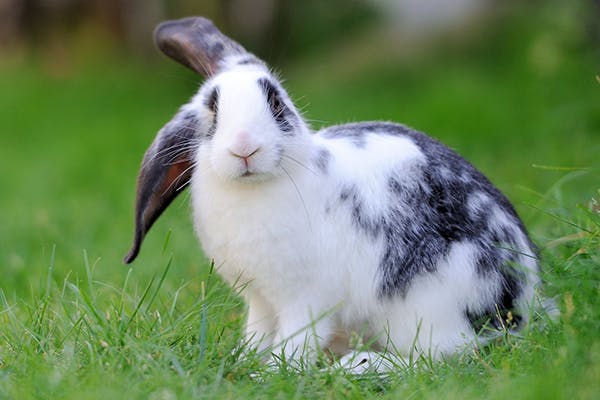

#Digested blood in baby stool cracked#
This could happen if a breastfeeding mother has cracked or bleeding nipples. The baby may have a health problem, or they may have swallowed a small amount of blood. Poop is usually red because there is blood in it. If the baby is putting on weight and seems content, green poop is not necessarily a cause for concern. Some infants’ poop is naturally slightly green. antibiotics, either in the baby or the breastfeeding mother.green foods in the diet of the breastfeeding mother.slow digestion, usually because the baby has eaten more than usual.Many babies occasionally have green poop. It may be slightly darker and firmer than stool from a breastfed baby. When a baby drinks formula, their poop tends to light brown or orange. This is a normal color of poop from a formula-fed baby. Poop from breastfed babies is often described as “seedy.” The so-called seeds may resemble curds in cottage cheese but are yellow. These flecks come from breastmilk and are harmless. This is a normal color of poop from a breastfed baby. It could mean that there is some bleeding in the digestive system. If a black color persists, seek medical advice. The color should gradually change from black to dark green, then yellow.Īfter 1 week of life, stool should no longer be black.

Over the first few days of life, a newborn will continue to pass meconium. Meconium is sterile, so it usually does not smell. It is made up of cells, amniotic fluid, bile, and mucus ingested while in the womb. After this time, however, it could indicate a health problem.ĭuring the first 24 hours of life, a newborn will pass meconium. In newborns younger than 1 week, black is a healthy color for stool. Common colors and their causes include: Black Various factors can cause changes in the color of a baby’s stools. You can contact our Children’s Clinic Kampala paediatrician on phone +256393217541 Anyone who suspects that a baby has diarrhea or constipation should seek medical advice. Otherwise, a wide range of colors is to be expected. Red or white poop can indicate a health problem. The poop of newborns is almost black, while older infants tend to have yellow or brown poop.īreastfeeding and formula-feeding can also influence the color of a baby’s stools. In infants, age, diet, and health are the main reasons for changes in stool color. Below, learn to recognize unhealthy baby poop and what changes to expect as a baby grows. An infant’s poop changes color and consistency during their first few days, weeks, and months of life, and a wide range of colors is normal.


 0 kommentar(er)
0 kommentar(er)
